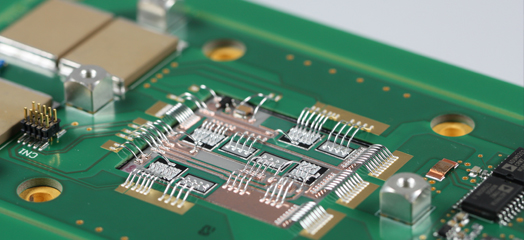Packaging for power electronics
Besides die attach soldering and Al heavy wire bonding, new packaging concepts are pursued to built power electronics systems which shall provide improved thermal performance and higher reliability. By replacing the wire bond with an area contact on both sides of the chips the thermal performance can be improved.
Silver sintering is one of the new die attach technologies which result in a higher life time of the whole power package. Silver is ductile, it has a high melting point and a very high thermal conductivity. Therefore, especially for a higher performance and higher operating temperatures Ag sinter joints are very promising. There is another new joining technology currently under development which is referred to as “transient liquid phase soldering” or “bonding” (TLPS or TLPB). The idea behind this technology is that the Sn-based solder is transformed in intermetallic phases which have a higher melting temperature than the solder alloy has had before the joining has been carried out. The higher melting point is necessary to withstand higher operating temperatures or for withstanding subsequent soldering processes during manufacturing.
The wire or ribbon bonds may also be improved regarding their life time. Using Cu wire instead of Al reduces the thermal mismatch between the Si die and the wire bond material. In order to be able to use Cu bonds the power chips have to have a Cu metallization on top. The IZM has the capability to deposit Cu layers on semiconductor wafers using electroplating.
Last not least the power package is accomplished by applying an encapsulation material, which can also be done at the Fraunhofer IZM.
 Fraunhofer Institute for Reliability and Microintegration IZM
Fraunhofer Institute for Reliability and Microintegration IZM